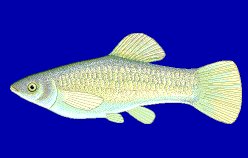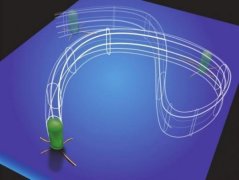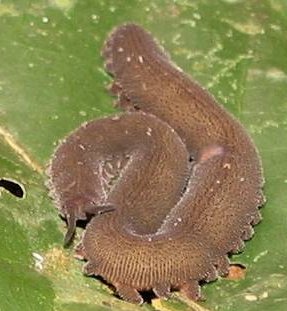
What most biology students don’t know is that there are examples of individual species of animals that reproduce asexually, even though other very similar animals reproduce sexually. Take, for example, the Amazon molly (Poecilia formosa), which is pictured above. It is thought that this species arose when a female Atlantic molly (P. mexicana) sexually reproduced with a male sailfin molly, (P. latipinna). While both the mother and the father (as well as all other members of the genus) reproduce sexually, the Amazon molly reproduces asexually. So when this interesting fish produces offspring, they are all genetically identical to the parent, except in certain rare instances, such as when mutations occur.
Now interestingly enough, there are a few forms of asexual reproduction in animals, and the one employed by the Amazon molly is called “gynogenesis.” In this form of asexual reproduction, a male is needed, but he contributes nothing to the genetics of the offspring. Essentially, the female produces eggs that have the full complement of genes (technically called a “diploid egg”), but they cannot begin development into offspring until they are stimulated by the presence of a male’s sperm. The problem, of course, is that all Amazon mollys are female. As a result, the Amazon molly “mates” with similar fishes, usually ones from the same genus.
One really interesting question related to all this is, “Why is it rare?” After all, sexual reproduction is annoying. You have to find a member of your own species that is the opposite gender. The Amazon molly’s form of asexual reproduction still requires a male, but it can be from a wide range of species. As a result, it is much easier for the Amazon molly to find a mate. Why, then, isn’t this kind of reproduction found very often in animals?



